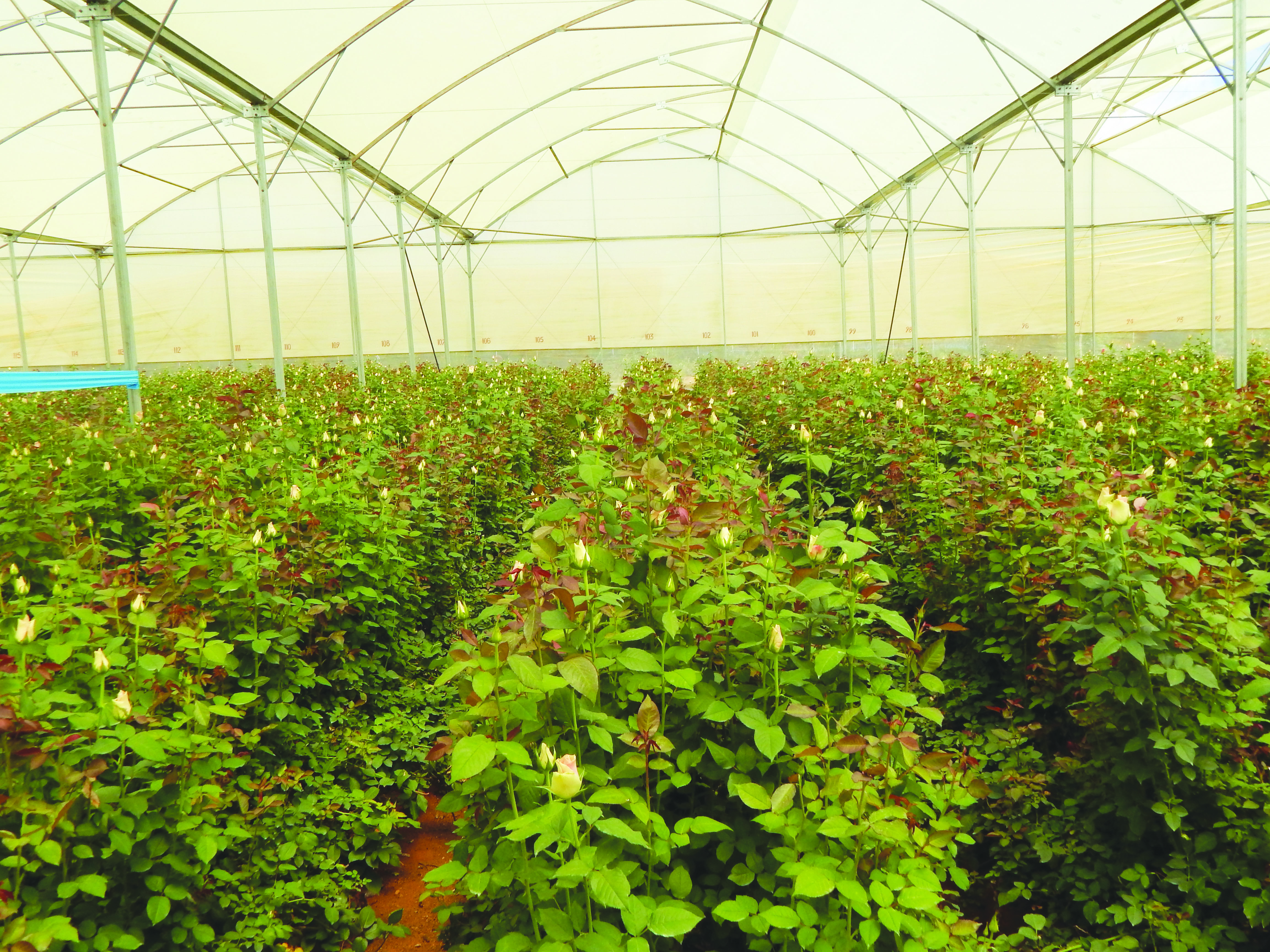
Crop protection products have been a mainstay in the horticulture industry since its inception, but not in the same way. Many products have been around for a long time, and for good reason they work well. But growers are looking at new products too, ranging from biological control agents (BCAs) to biopesticides.
Growers are turning toward integrated pest management (IPM) programs, meaning that they use chemicals and biosolutions. This way, growers use products that are healthy for plants and people, while also eliminating pests and diseases.
Manufacturers and Distributors have a role
We have a lot of growers who are coming into the greenhouse space who are new to the industry. What manufacturers of pest and disease management products need to be aware of is that a lot of these newer growers didn’t go through the training that other growers did years ago. It’s a matter of being aware of that and how some practices in the greenhouse have changed, and making sure they are doing a good job of training them on how to use all the products, not just their own.
New growers should understand that there are no silver bullets, especially with microbial biofungicides and biopesticides. It is incumbent upon the manufacturers and distributors to explain the strengths and weaknesses of each product and what level of pest or disease reduction to expect.
Growers are coming to manufacturers and distributors more often with questions about how to use the products, especially biologicals. Manufacturers and distributors should be more focused on complete programs for growers not just recommending this product and that product of their own, but being aware that growers are not using one single product. Manufacturers’ products have to work with other products and practices. That is a direct result of more resistance out there with certain pathogens and pests against the old standby products, as well as some newer products on the market.
Challenges in Crop Protection
Growers are always looking for new, safe, and effective products. They are also seeking formulations that are easy to work with and easy to add to their current programs. An important challenge faced by growers is the loss of safe and effective crop protection alternatives with long residual activity. More frequent applications relying on fewer modes of action increase the chances for resistance selection in pest populations. A new challenge is how to best select among the rapidly increasing number of biological products in the market today. We hope that growers will continue to rely on science-based information from well-established sources to help guide their product choices.”
Crop protection experts say resistance is always a concern. There are only so many Insecticide Resistance Action Committee (IRAC) and Fungicide Resistance Action Committee (FRAC) codes available with current products. This is why it is important to use a good rotation program that includes using multiple different modes of action.
It is important to try to use cultural methods to prevent issues, and then if they still arise, to use the proper control products for the pressure at hand.
Handling Biopesticides
One common mistake with inexperienced growers is that they may treat microbial biopesticides more like chemical pesticide counterparts. They don’t need to be pampered, he says, but they do need to be handled differently than chemicals.
These are living organisms and they have biological limits. They don’t work at extreme temperatures, they have defined shelf lives, and they need to be applied preventatively. If they’re put into a curative program, the curative product needs to be used for the curative effect, followed by the biological product to prevent new infections or infestations for a longer period thereafter. They take time to establish in the soil or on the root system to act against root pathogens or pests. When many of these products are applied to the foliage, they are not typically absorbed into the plant or are systemic, and they don’t spread to tissue that wasn’t there at the time of the last spray. Therefore, they need to be applied to the new tissue that develops so you can protect that new tissue.
Crop Stress Tolerant
One of the biggest challenges we see growers facing is stress tolerance, whether that is the stress of climate conditions like drought or shipping stress that causes blooms to drop or leaves to wilt before they can hit the retail shelves. Therefore growers are also looking for products that help plants tolerate stress.
Market Stress Tolerant
Consumer stress is also becoming an area of focus. Seeing the retail guidelines no longer accept plants with some active ingredients puts more emphasis and demand on targeted, safe chemistries to meet consumer preferences, she says.
Additionally, while retail guidelines and preferences have altered grower practices in recent years, the main impact that we’re seeing currently is coming from legislative actions.
In 2023 and already in 2024, several markets have adopted laws restricting a number of molecules. The primary impacts have been in with growers. At the higher levels, the EU and other markets continue to review the registrations of some of older, but still important chemistry, with additional restrictions on these products likely in the coming years. What the impact will be from the renewed focus on the enforcement of the Endangered Species Act is still unclear, but is certainly something that growers should be paying attention to.
Many years have passed since the industry started talking about IPM, but the future is bright. It is exciting to be a part of the crop protection market in a time when true integration of tactics, conventional and biological, is not only possible but being successfully implemented all over.
